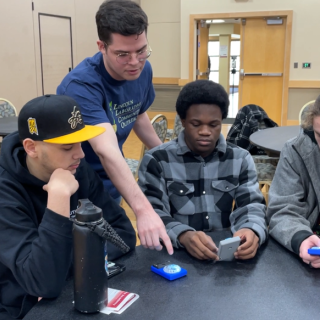

Homeland Sensors and Analytics
Our group designs and fields solutions that significantly enhance the tactical decision-making process of analysts and operators who secure the homeland. These solutions include security for critical infrastructure, land and maritime borders, transportation systems, and soft targets/crowded places. We also support law enforcement, special operations, and intelligence analysts who track and disrupt transnational criminal and terrorist organizations. To do this, we work on a combination of novel sensing technologies and artificial intelligence/machine learning techniques to provide better threat awareness to decision makers. We design systems that collect and process a wide range of data types — including radar, visible imagery and video, non-visible imagery, text, time-series data, and 3D point clouds — often applying advanced machine learning methods to convert raw data into actionable insights. Our group places an emphasis on taking technology from the concept phase through deployment and transition to achieve operational impact. Our ultimate goal is to field solutions that significantly enhance the decision-making process of analysts and operators who secure the homeland.
Featured Projects

Motion Under Rubble Measured Using Radar

Waterways Automated Vessel Information

Video-Rate Standoff Microwave Imaging System




